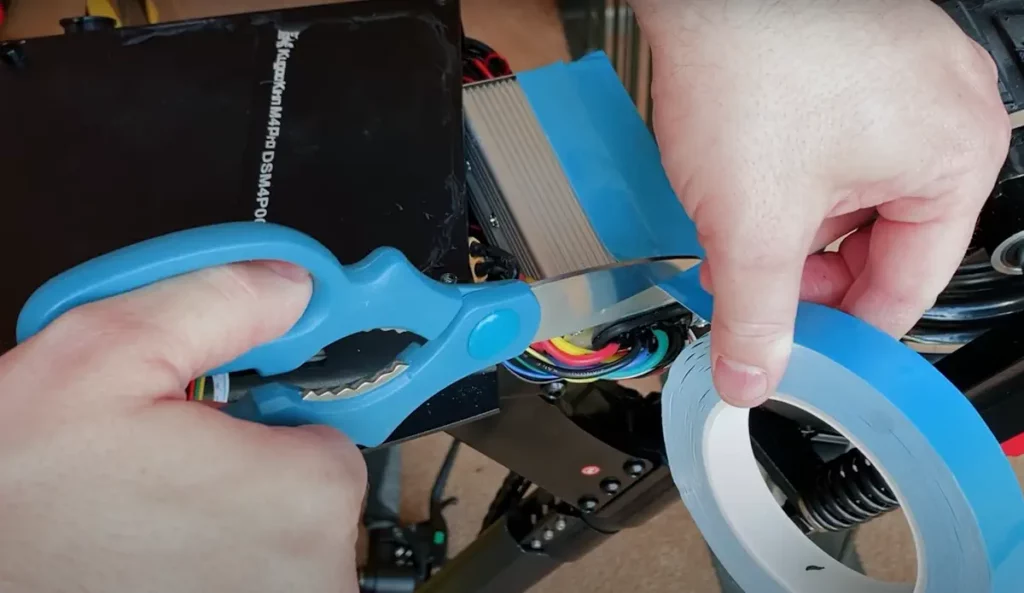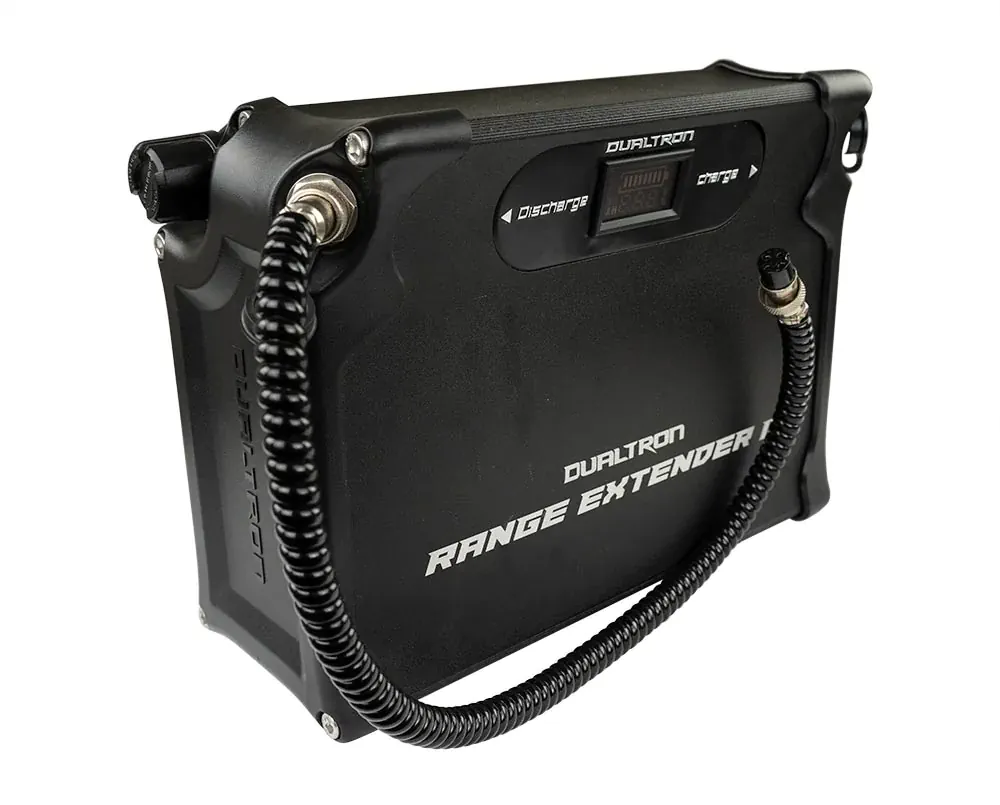At some point, you will have to store your electric scooter.
Storing your scooter is not difficult, but it is not a completely passive task, where you just store it and forget it. Following these tips ensures proper scooter storage.
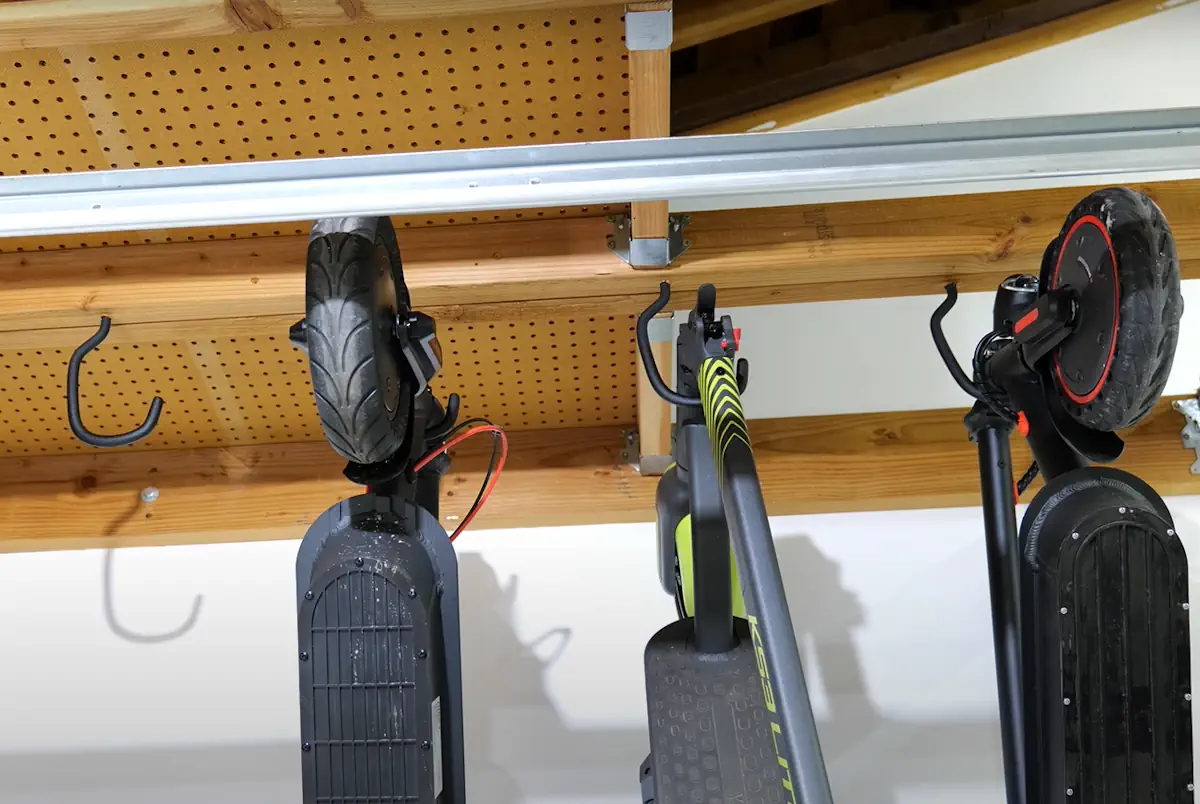 Electric scooter storageDifficulty: easyRisk: freeNecessity: mustElectric scooter storage is a crucial aspect of ownership, ensuring your scooter remains in top condition when not in use.
Electric scooter storageDifficulty: easyRisk: freeNecessity: mustElectric scooter storage is a crucial aspect of ownership, ensuring your scooter remains in top condition when not in use. Maintain 60% charge, recharge every monthDifficulty: easyRisk: freeNecessity: optionalTo preserve your electric scooter’s battery health, it’s advisable to maintain a charge level of around 60% and recharge it at least once a month.
Maintain 60% charge, recharge every monthDifficulty: easyRisk: freeNecessity: optionalTo preserve your electric scooter’s battery health, it’s advisable to maintain a charge level of around 60% and recharge it at least once a month.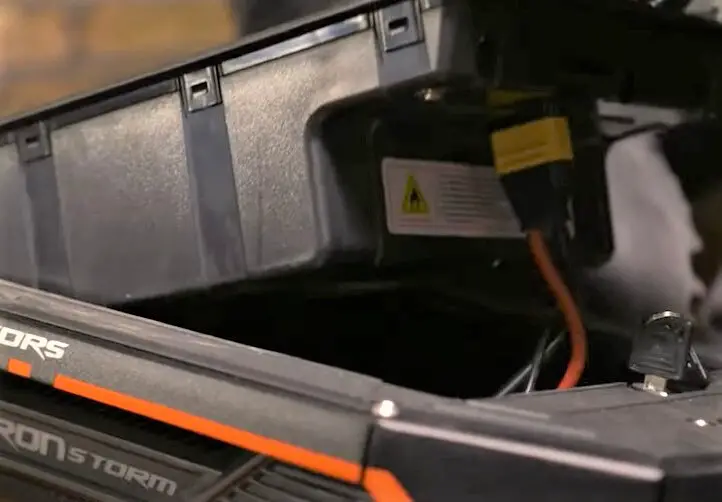 Remove the battery and store it separatelyDifficulty: mediumRisk: moderateNecessity: optionalConsider removing and storing your electric scooter battery separately for prolonged periods of non-use.
Remove the battery and store it separatelyDifficulty: mediumRisk: moderateNecessity: optionalConsider removing and storing your electric scooter battery separately for prolonged periods of non-use.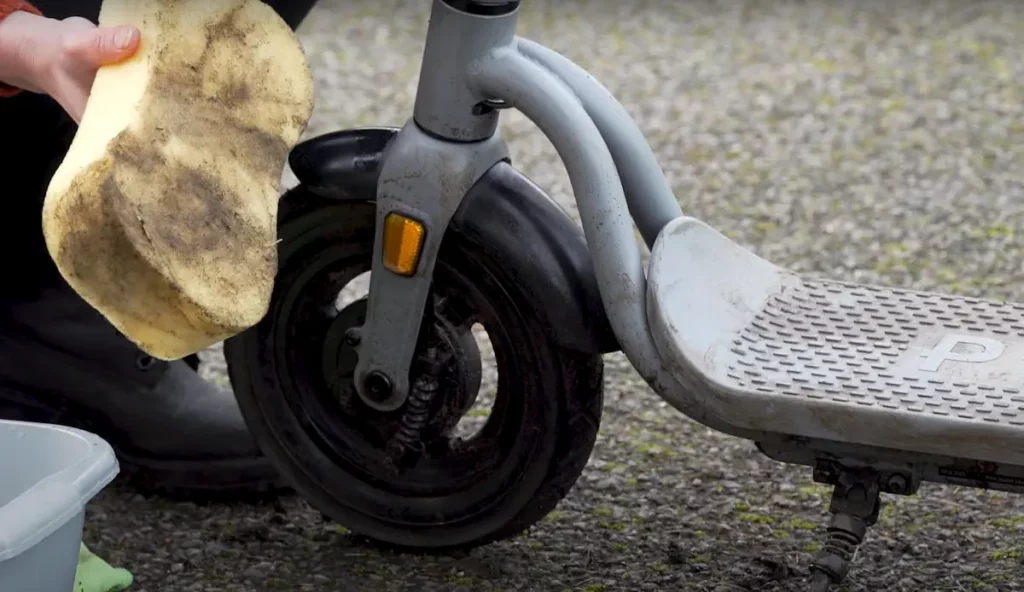 Clean your electric scooterDifficulty: easyRisk: freeNecessity: optionalRemoving dirt, dust, and any debris helps prevent potential damage during storage. It also ensures that your scooter is in excellent condition and ready to ride when you retrieve it.
Clean your electric scooterDifficulty: easyRisk: freeNecessity: optionalRemoving dirt, dust, and any debris helps prevent potential damage during storage. It also ensures that your scooter is in excellent condition and ready to ride when you retrieve it. Lubricate the moving partsDifficulty: mediumRisk: moderateNecessity: optionalLubricating is good preventive measure that protects components from corrosion and ensures that your scooter remains in excellent condition during storage.
Lubricate the moving partsDifficulty: mediumRisk: moderateNecessity: optionalLubricating is good preventive measure that protects components from corrosion and ensures that your scooter remains in excellent condition during storage. Apply anti-rust spray to the scooterDifficulty: mediumRisk: moderateNecessity: optionalThis protective measure shields your scooter from corrosion, safeguarding its components and extending its lifespan during periods of inactivity.
Apply anti-rust spray to the scooterDifficulty: mediumRisk: moderateNecessity: optionalThis protective measure shields your scooter from corrosion, safeguarding its components and extending its lifespan during periods of inactivity. Turn your scooter offDifficulty: easyRisk: freeNecessity: mustTurning off your electric scooter before storage helps to conserve the battery power and ensures safety during the storage period.
Turn your scooter offDifficulty: easyRisk: freeNecessity: mustTurning off your electric scooter before storage helps to conserve the battery power and ensures safety during the storage period.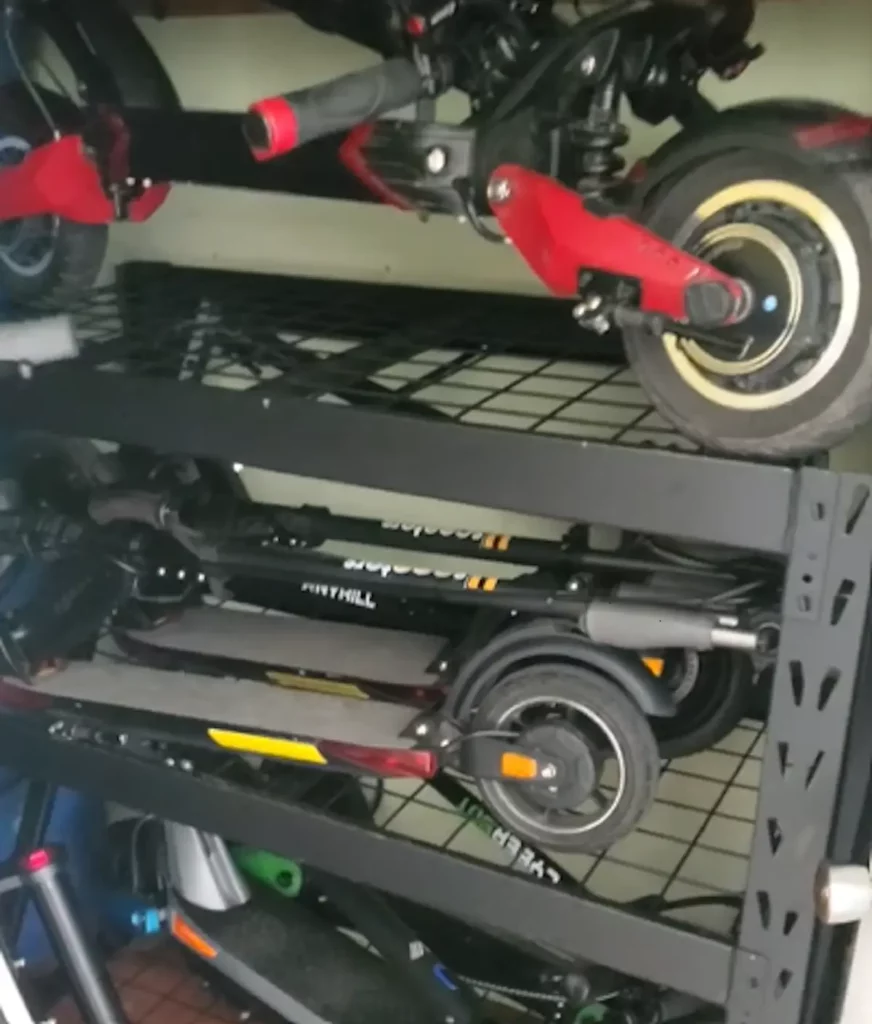 Fold your scooter before storing itDifficulty: easyRisk: freeNecessity: mustFolding your electric scooter before storing it is a practical space-saving solution, allowing you to maximize storage efficiency while protecting your scooter.
Fold your scooter before storing itDifficulty: easyRisk: freeNecessity: mustFolding your electric scooter before storing it is a practical space-saving solution, allowing you to maximize storage efficiency while protecting your scooter.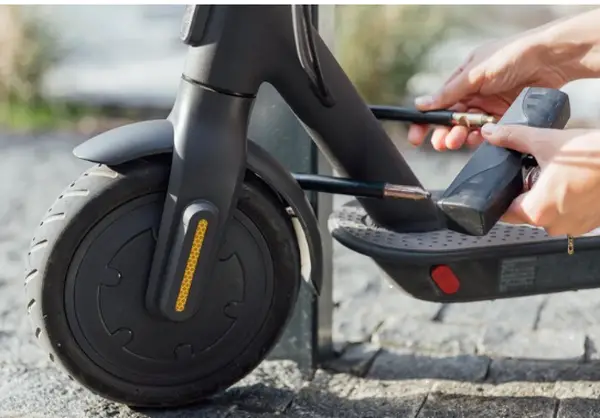 Lock your scooter in all the ways you canDifficulty: easyRisk: freeNecessity: mustUtilizing multiple locking mechanisms provides enhanced security, reducing the risk of theft and ensuring your scooter is well-protected during storage.
Lock your scooter in all the ways you canDifficulty: easyRisk: freeNecessity: mustUtilizing multiple locking mechanisms provides enhanced security, reducing the risk of theft and ensuring your scooter is well-protected during storage.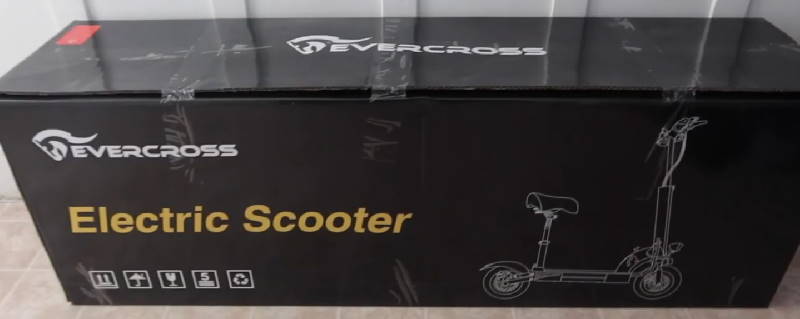 Store the scooter in its original box or protective coverDifficulty: easyRisk: freeNecessity: optionalConsider housing your electric scooter in its original box or a protective cover. This extra layer of protection helps prevent damage and maintains your scooter’s condition during storage.
Store the scooter in its original box or protective coverDifficulty: easyRisk: freeNecessity: optionalConsider housing your electric scooter in its original box or a protective cover. This extra layer of protection helps prevent damage and maintains your scooter’s condition during storage. Put your scooter in a waterproof coverDifficulty: easyRisk: freeNecessity: optionalStoring your electric scooter in a waterproof cover is a smart move to prevent moisture-related damage during storage, ensuring it stays in excellent condition.
Put your scooter in a waterproof coverDifficulty: easyRisk: freeNecessity: optionalStoring your electric scooter in a waterproof cover is a smart move to prevent moisture-related damage during storage, ensuring it stays in excellent condition. Check the scooter now and thenDifficulty: easyRisk: freeNecessity: optionalRemember to periodically check its condition for optimal long-term storage and performance.
Check the scooter now and thenDifficulty: easyRisk: freeNecessity: optionalRemember to periodically check its condition for optimal long-term storage and performance.
How to store an electric scooter
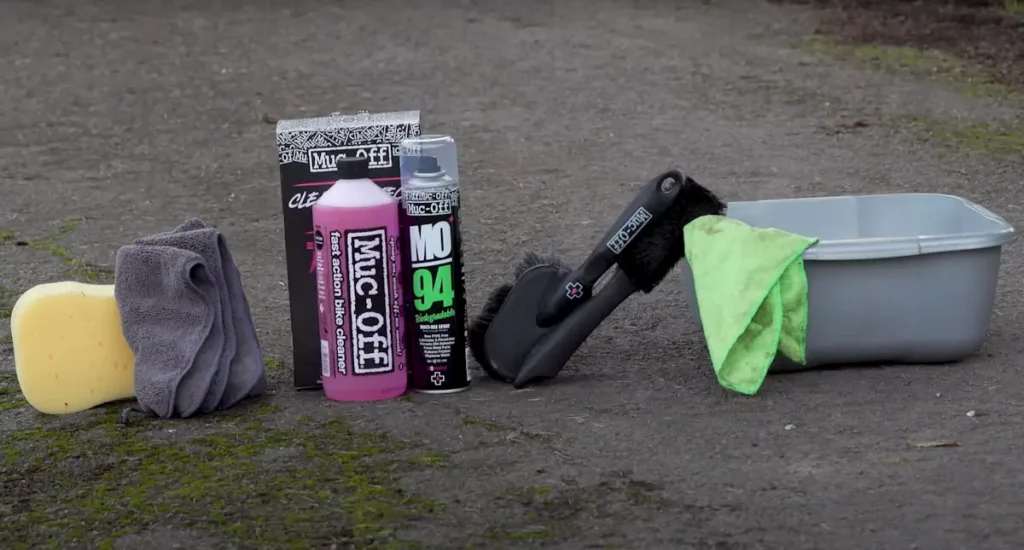
Follow these steps to store your electric scooter in the safest and most optimal way.
Electric scooter storage
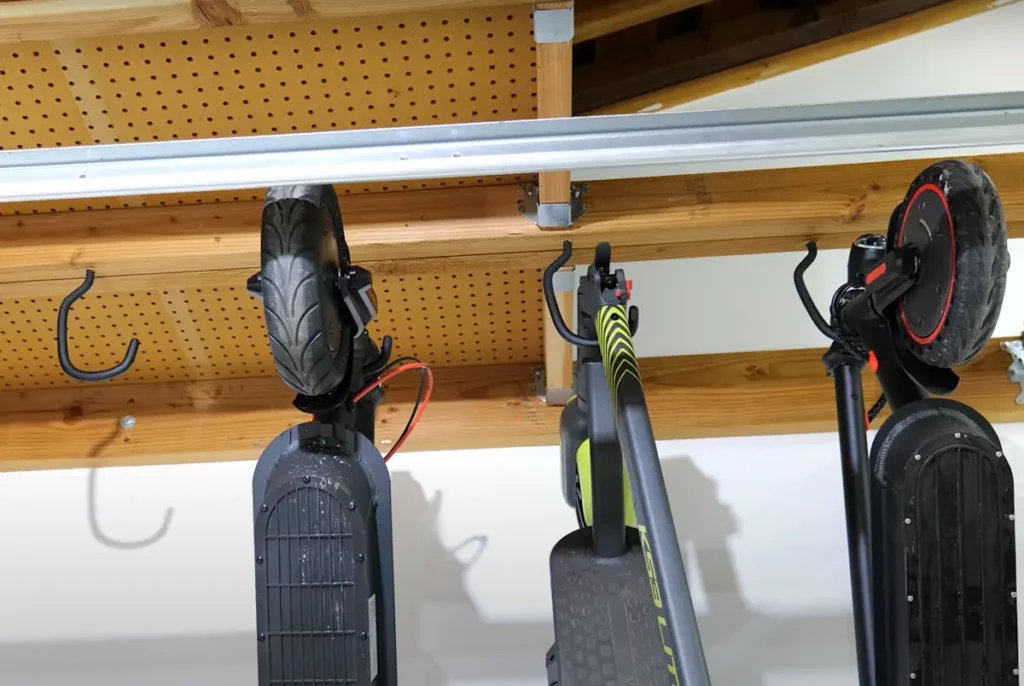
You need a clean, dark, dry place.
Any kind of moisture can be catastrophic, so really make sure it’s a dry place at least.
The ideal temperature for storing a lithium-ion battery is 15 °C / 59 °F, so that’s the ideal temperature for storing your scooter as well. Have the temperature at least above 5 °C / 41 °F, and below 30 °C / 86 °F.
The maximum temperature for storing a lithium-ion battery is 45 °C / 113 °F.
If possible, store your scooter in your home. I’ve found that my scooter fits perfectly under my bed, but any free corner of your home will be a perfect spot.
The second best place would be any kind of storage room.
Being easily accessible is important, since you will have to check in on your scooter and charge the battery now and then.
There is a possibility to rent out a space for this purpose. While it will not be cheap, it is still better than leaving it under no roof.
Maintain 60% charge, recharge every month
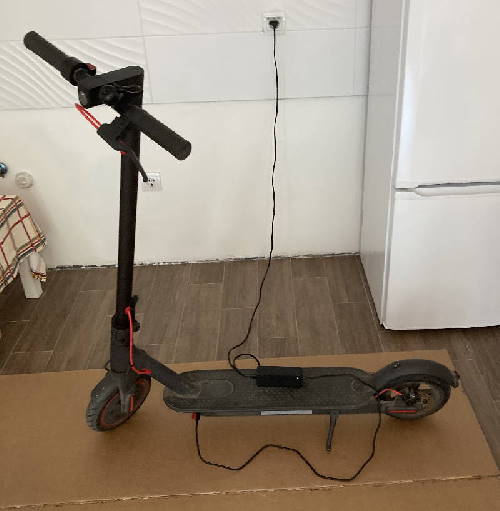
The battery of your scooter will be the critical part when it comes to storage.
Ideally, the battery preserves most of its life when stored at around 40% charge.
You should not let the battery get fully discharged under any circumstances! You should also not store it charged at 100%!
The best step to take is to charge your battery up to 60% once every month while stored.
When you charge your battery, make sure the temperature in the room is between 5 °C and 45 °C (32 °F to 113 °F). Charging a lithium-ion battery outside of that temperature range is detrimental to it.
Charging lithium-ion batteries at temperatures below 0 °C will cause an event called plating to occur, which is irreversible damage that increases the likelihood of their failure.
Let your scooter sit at room temperature for a while, and when it feels just right (not too cold or hot), proceed to charge the battery.
There is a device called the trickle charger.
The trickle charger, charges your battery very slowly to ensure it never gets empty. I’ve never used it and can’t guarantee its safety and efficiency, but some people report that it gets the job done.
Remove the battery and store it separately (optional)

There are scooters with removable batteries, and scooters where removing the battery is relatively easy.
If any of those is the case with your scooter, it’s a good idea to remove the battery from your scooter before storing it, and storing the battery separately.
Clean your electric scooter

It is generally a great idea to clean your scooter often.
It is even more important to clean it before storing it for a longer period.
If water or some other corrosive agent ends up on or inside your scooter, it can cause rust or damage to the electronics.
Lubricate the moving parts
When selecting a lubricant, opt for one specifically designed for e scooters, as these are typically lighter and less likely to attract dirt. Popular choices include chain lubricants or silicone-based sprays.
- Begin by cleaning the components.
- Apply a moderate amount of lubricant to the chain, bearings, hinges, and other moving parts.
- Ensure even distribution while applying, and wipe off any excess to prevent attracting dust and debris.
- Schedule regular lubrication, ideally every 100-200 miles, to maintain a smoothly running scooter.
Here is a video from a UK-based retailer where the whole process of maintenance is explained.
Apply anti-rust spray to the scooter

Protect your scooter from rust and corrosion, by following these steps:
- Choose the Right Spray: opt for a quality anti-rust spray designed for outdoor equipment.
- Prepare and Clean: thoroughly clean your scooter to remove rust, dirt, and contaminants.
- Dry Completely: ensure surfaces are completely dry before applying the spray.
- Even Application: hold the can 6-8 inches away and apply a thin, even layer.
- Multiple Coats: consider applying multiple thin coats, allowing each to dry before the next.
- Follow Drying Guidelines: adhere to the manufacturer’s drying time instructions.
- Regular Reapplication: schedule periodic reapplications based on scooter use and environmental conditions, typically every few months.
Turn your scooter off
Don’t forget to completely turn your scooter off before storing it. Storing it while turned on will drain the battery faster and will introduce additional risks.
Talking about the battery, here is a video that explains everything about winter battery storage: lithium and lead acid.
Fold your scooter before storing it

Before storing it, fold your scooter at the stem.
Also, if possible, fold the handlebars, and fold or uninstall the seat or other additional components. This will make the scooter occupy less space, and reduce the risk of it getting into contact with other objects in your storage and suffering damage.
Lock your scooter in all the ways you can

You don’t want your scooter to get stolen while stored. Lock the scooter using both its own mechanisms (key ignitions, apps, integrated locks) and external safety measures.
You can choose from a variety of different locks that fit scooters.
Some of the most popular methods of locking your scooter include:
| Lock Type | How to Use | Suitable For |
|---|---|---|
| U-lock or D-lock | Place the bars of the lock between a wheel and a solid object | Any scooter stored outside a box |
| Heavy Duty Chain | Similar to U-lock, use it between a wheel and a solid object | Suitable for outdoor storage, like U-lock |
| Cable Lock | Ideal for lighter scooters, store it outside a box with a waterproof cover | Lighter scooters prone to theft |
| Disc Lock | Attach to brake discs to prevent scooter movement | Any scooter with compatible brake discs |
| Grip Lock | Applicable to scooters with braking levers; permanently press the brake | Scooters with lever-based braking, anti-theft |
You can also go for a scooter alarm.
I recommend checking out my guide on what to do in case your scooter gets stolen to be fully prepared for every scenario.
Store the scooter in its original box or protective cover
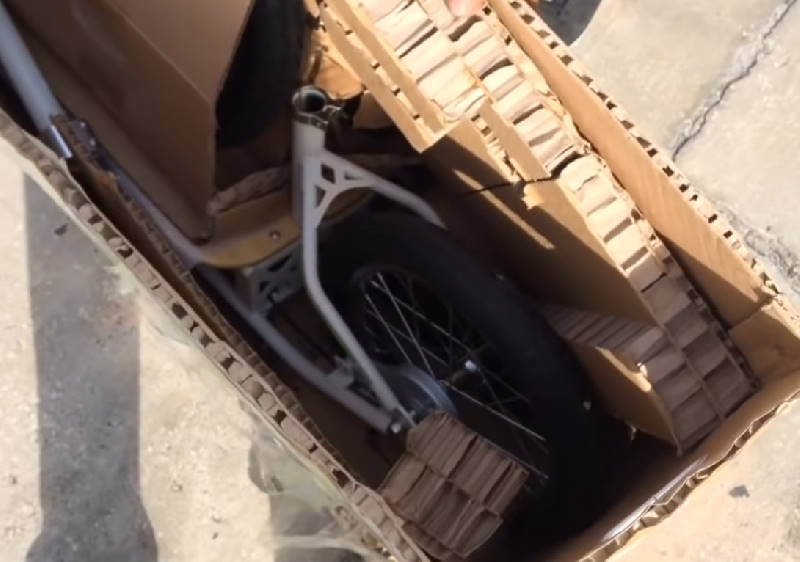
If you still keep the original packaging of your scooter, it’s a good idea to use it for storage, including both the box and the protective layers such as the nylons and styrofoams. Those covers are meant to protect the scooter during transport, and they’ll do a great job of protecting it in storage.
Put your scooter in a waterproof cover
After your scooter is in its box, you should protect it further by putting it in a waterproof cover.
Moisture is the number one enemy of your scooter, and you want to make sure you’re waterproofing your scooter as much as you can.
Most waterproof covers are not really expensive, and they cover the entire scooter, it will be possible for it to survive even in a flooded basement. See the guide on the best electric scooter accessories for some good inexpensive options.
Check the scooter now and then
At least once a month, make sure your scooter is still there for starters and then check if the battery is not close to empty.
It is a good idea to power on and off your scooter, just to make sure everything still works properly.
Also, if you have air-filled tires, check them as well. If one of them is getting deflated, make sure you inflate it. Turn them a little as a part of your maintenance routine.
How to store your electric scooter in an apartment
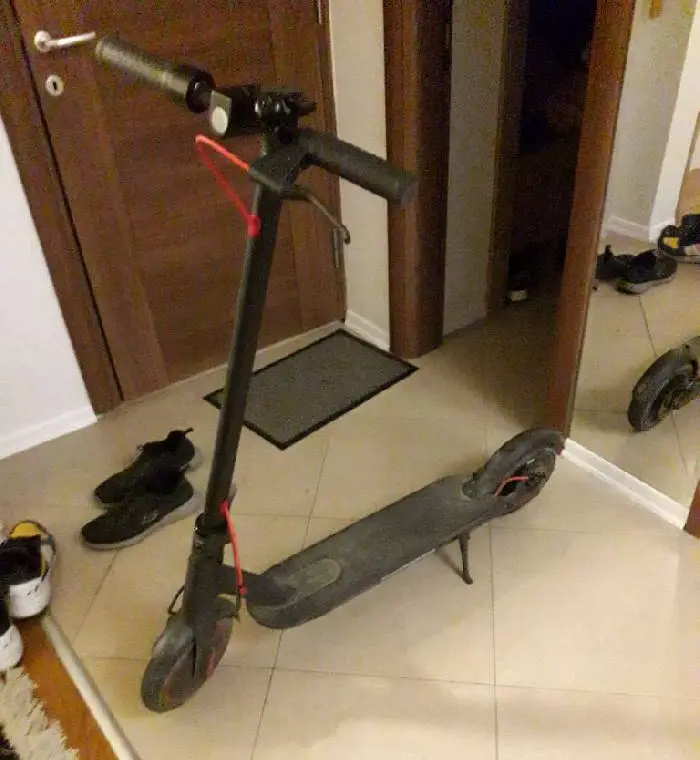
Storing an electric scooter in an apartment can be quite tricky. I’ve had to do this a few times, and it’s never a pleasant experience.
You will mostly want to follow the same general tips from above. One exception might be using the original packaging – that adds a bit more volume to the stored scooter, a volume that your apartment may not have, so you may have to skip that part.
If you lack the space to store your scooter, think about alternative ways of storing it. You may have to store it vertically, in which case it may even fit in an empty cupboard. If you have a balcony, that might be a good option as well. You may also consider hanging up a bike or a scooter rack on your wall.
One time I stored my Xiaomi M365 Pro on the top of the large cupboard in my living room – I did feel a bit of unease about the scooter falling for some reason, but that never happened.
How to store your electric scooter in a garage
A garage is an ideal place to store your electric scooter.
It meets all of the criteria for the perfect storage room – cool, dark, usually dry, and relatively safe.
Follow the general tips from this article, and pay special attention to the waterproof cover if there’s the risk of your garage or basement getting flooded.
Can I leave my electric scooter outside
It’s not recommended to store your electric scooter outside.
If you don’t have a choice but to store your scooter outside, try to remove the battery and store it inside. Also, make sure to use a waterproof cover (maybe even two of those) and secure the scooter with several locks.
How to store your electric scooter during the winter
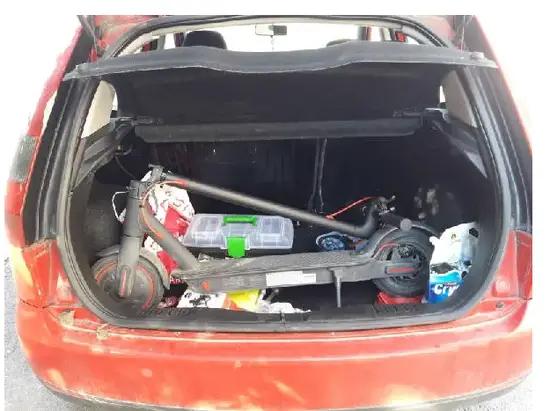
In general, most of us do not ride our scooters in the winter, and most of us are concerned with storing the scooter during the winter or rainy months.
Pretty much all the electric scooters have lithium-ion batteries.
Temperatures below freezing point (0 C / 32 F) will cause loss of storage capacity over time and damage the battery.
If you can find a place big enough for your scooter but it’s constantly below 0 C, and you can’t keep the scooter anywhere else, consider removing the battery and storing it separately.
Of course, avoid this if it voids your warranty.
But if it doesn’t, take it out and keep it in your home. The battery is the critical part when it comes to winter storage, and by doing this you are effectively eliminating a huge possibility that something goes wrong.
You can store the battery in a specially designed bag, which will protect it from outside influences, but also protect your home from accidents involving the battery.
After-storage practices
When the winter is over, or you’re home from your trip, it’s time to take the scooter out.
Charge the battery to 100%. The next time you charge it, it should preferably be discharged to the single-digit level, since it hasn’t been used for a long period and it should be treated as new.
Here’s a checklist of everything you need to check before you’re sure it’s ready to ride it again:
- tires – make sure they are inflated
- screen, power button, controls
- motor – make sure the scooter’s motor works
- throttle and acceleration – make sure the scooter can speed up
- all the brakes – make sure they brake as before
- lights – check they all work
When all of them are good to go. It’s been a long pause, you deserve a great ride!






